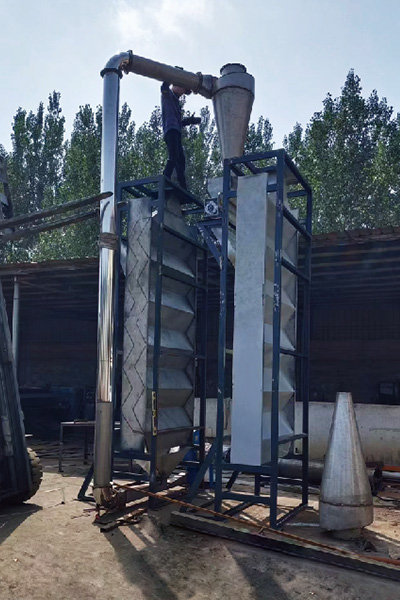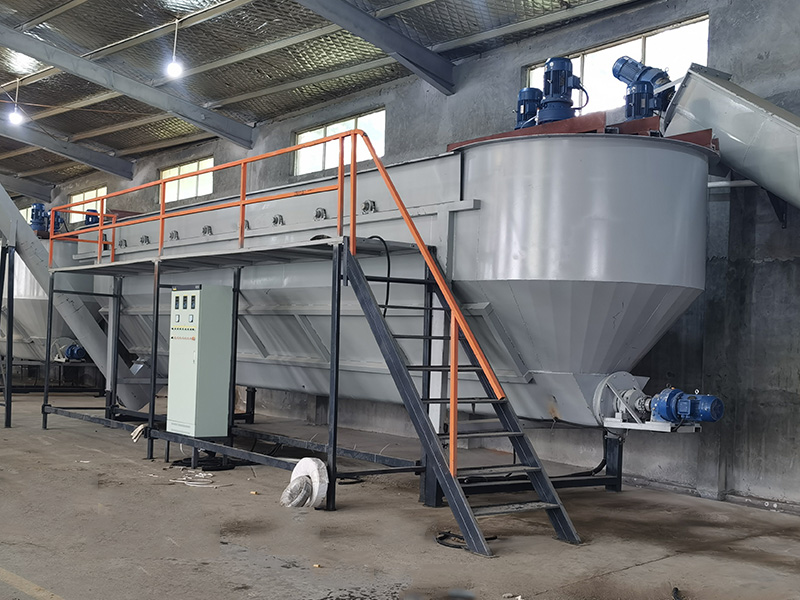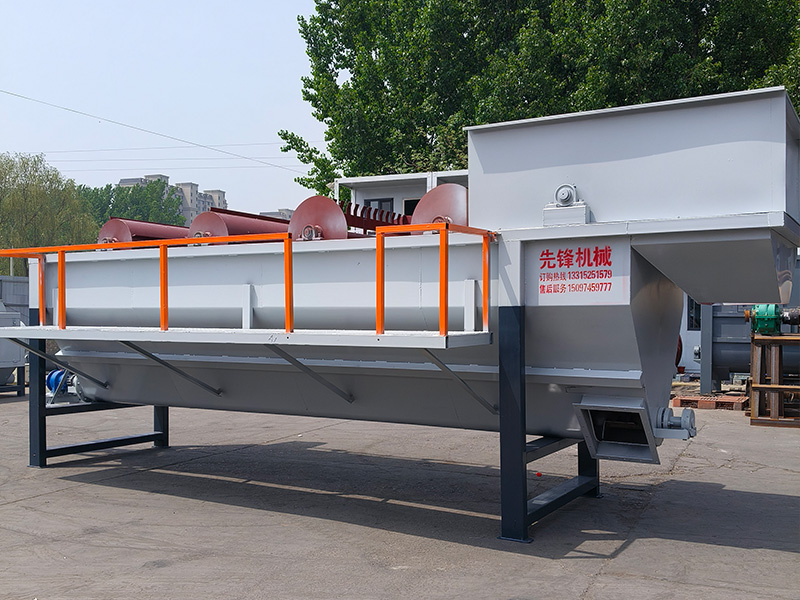Understanding the Role of Wind Sorters in Material Processing
Wind sorters are an innovative type of sorting technology utilized primarily in the manufacturing and processing industry, particularly for material separation and refinement. These machines leverage the principles of aerodynamics to segregate materials based on their weight, size, and shape, making them an essential component in various applications ranging from recycling to mining.
The primary f
Jul 12,2025

Wind sorters are an innovative type of sorting technology utilized primarily in the manufacturing and processing industry, particularly for material separation and refinement. These machines leverage the principles of aerodynamics to segregate materials based on their weight, size, and shape, making them an essential component in various applications ranging from recycling to mining.
The primary function of a wind sorter is to utilize airflow to differentiate materials. When a mixed material stream is fed into the machine, the wind sorter generates a controlled air stream that lifts lighter materials while allowing heavier ones to fall through. This method proves particularly effective for sorting lightweight, non-metallic materials such as plastics, paper, and textiles, which can be challenging to separate using traditional mechanical means. By efficiently isolating these materials, wind sorters not only streamline the sorting process but also contribute significantly to waste reduction and resource recovery.
One of the major advantages of wind sorters is their ability to enhance operational efficiency. Unlike mechanical sorting methods that may rely on manual labor or complex machinery, wind sorters operate with minimal human intervention, reducing labor costs and the potential for errors. Moreover, their high sorting accuracy ensures that contaminants are effectively removed from valuable material streams, resulting in higher-quality end products.
In addition to efficiency, wind sorters are celebrated for their versatility. They can be integrated into existing sorting lines or employed as standalone units, providing flexibility for various operations. Industries ranging from construction and demolition to electronics recycling have successfully adopted wind sorting technology to optimize their material processing workflows.
Furthermore, wind sorters contribute to environmental sustainability. By improving the separation of recyclable materials, they facilitate better recycling rates and promote circular economy principles. The enhanced recovery of materials not only reduces the volume of waste sent to landfills but also conserves natural resources, aligning with global sustainability goals.
In conclusion, wind sorters represent a pivotal advancement in the realm of sorting machinery. Their ability to efficiently separate materials based on aerodynamic properties has made them indispensable in modern manufacturing and processing industries. As businesses continue to seek innovative solutions to improve efficiency and sustainability, the role of wind sorters will undoubtedly expand, further underscoring their importance in the landscape of material processing technology.
The primary function of a wind sorter is to utilize airflow to differentiate materials. When a mixed material stream is fed into the machine, the wind sorter generates a controlled air stream that lifts lighter materials while allowing heavier ones to fall through. This method proves particularly effective for sorting lightweight, non-metallic materials such as plastics, paper, and textiles, which can be challenging to separate using traditional mechanical means. By efficiently isolating these materials, wind sorters not only streamline the sorting process but also contribute significantly to waste reduction and resource recovery.
One of the major advantages of wind sorters is their ability to enhance operational efficiency. Unlike mechanical sorting methods that may rely on manual labor or complex machinery, wind sorters operate with minimal human intervention, reducing labor costs and the potential for errors. Moreover, their high sorting accuracy ensures that contaminants are effectively removed from valuable material streams, resulting in higher-quality end products.
In addition to efficiency, wind sorters are celebrated for their versatility. They can be integrated into existing sorting lines or employed as standalone units, providing flexibility for various operations. Industries ranging from construction and demolition to electronics recycling have successfully adopted wind sorting technology to optimize their material processing workflows.
Furthermore, wind sorters contribute to environmental sustainability. By improving the separation of recyclable materials, they facilitate better recycling rates and promote circular economy principles. The enhanced recovery of materials not only reduces the volume of waste sent to landfills but also conserves natural resources, aligning with global sustainability goals.
In conclusion, wind sorters represent a pivotal advancement in the realm of sorting machinery. Their ability to efficiently separate materials based on aerodynamic properties has made them indispensable in modern manufacturing and processing industries. As businesses continue to seek innovative solutions to improve efficiency and sustainability, the role of wind sorters will undoubtedly expand, further underscoring their importance in the landscape of material processing technology.
TAG:
Contact Us
E-mail :
Phone/WhatsApp:
Address:
Shunping, Baoding City, Hebei Province









